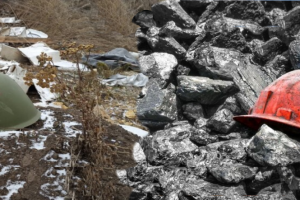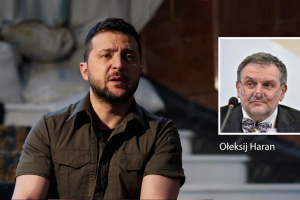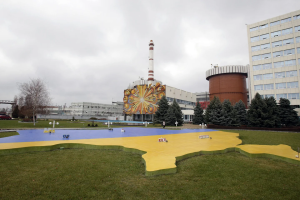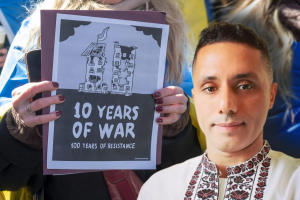On the Lack of Strategy and Agreement of Ukraine’s Partner States
Negotiations have never really been on the table for Russia and Ukraine. More than eight months into the war, any peaceful settlement has become impossible – Ukraine’s leadership has outlawed any negotiations with Putin, and Russia’s occupational activities and mobilization are a likewise straightforward response.
In fact, it is the intention of Ukraine’s partners, not that of Russia or Ukraine, which are not clear. Their strategy lacks clarity since the very beginning of the conflict and should be intensely scrutinized now that the immediate peace deal is not in question. Up to date, there have been several threads of thinking that Ukraine’s partners follow.
First, there is the “weaken Russia” angle. This angle is, perhaps, the most straightforward explanation of the strategy of Ukraine’s partners to date, but it has several issues. First, it has only been voiced by United States officials, and it is unclear if the European partners subscribe to this vision. For instance, France’s Macron noted that Russia should not be humiliated, which largely contradicts the very premise of the “weaken Russia” angle. Germany’s Scholz argued that Russia must recognize it cannot win the war, which still stops short of saying it should be weakened. Further, Germany’s former Chancellor Merkel recently came out with a statement emphasizing the importance of involving Russia in negotiations. Second, this angle does not have a clearly defined end goal. If Ukraine’s partners think that it is possible to defeat Russia by bleeding it out to the extent that it cannot continue the war, this notion has to be clearly articulated. At the moment, Russia has already been significantly weakened and lost thousands of troops on the battlefield, but this does not mean that the Kremlin’s aggression is about to end. On the contrary, Putin’s recent announcement of mobilization coupled with the unlawful incorporation of Ukraine’s territories in the East and South of the country shows Kremlin’s willingness to escalate despite the losses.
Second, there is the “Ukraine’s victory” angle, which includes the variation “Ukraine determines what a victory is”. This particular angle has a relatively strong rhetorical track record and has been voiced by France, the United States, and Germany alike. However, while the talk is being talked, the walk is not being walked – if it were up to Ukraine, the country’s military would be getting tanks, jets, and ATACMS long-range missiles from the Western partners to conclude the war quicker. Further, NATO would encourage members to accelerate Ukraine’s recent application to the alliance, and the country would benefit from the partners’ troops on the ground. Until one of these two things happens, it is hardly possible to say that there is a substantial commitment to this angle among Ukraine’s partners beyond the lip service.
It is unclear how these two angles square with the non-escalation angle with regard to Russia. Many of Ukraine’s partners have openly voiced concerns that more active support for Ukraine could lead to a nuclear war. This apprehension has palpable consequences for the decisions of the West when it comes to supplying Ukraine with particular weapons. For instance, the United States is reportedly refusing to supply Ukraine with long-range weapons due to concerns about escalation. During this war, there have been several times when these “red lines” were moved – the provision of HIMARS to Ukraine was, perhaps, the best example. However, since then, the willingness of Ukraine’s partners to supply more advanced weapons has declined.
Finally, there’s the strategic ambiguity angle. Typically, strategic ambiguity is used to describe the policy of the U.S. towards China and Taiwan – it denotes the deliberate non-communication of goals and decision-making. Surprisingly little is written about the implications of such policy in the case of Ukraine given the lack of agreement between the other angles as well as the conflicting statements by the representatives of Ukraine’s partner states. Still, the non-communication of a strategy should not be confused with disagreements between partner states and does not explain how the strategy looks on the ground.
It seems that Ukraine’s partners lack a clear strategy for the continuation of the war Russia started against Ukraine. There is apparently no consensus among Ukraine’s partners and a tendency to forego this important discussion to focus on limited measures that can be agreed upon. However, since the strategy is not articulated properly, it is unclear whether that is good enough given the Kremlin’s determination to continue the escalation.









